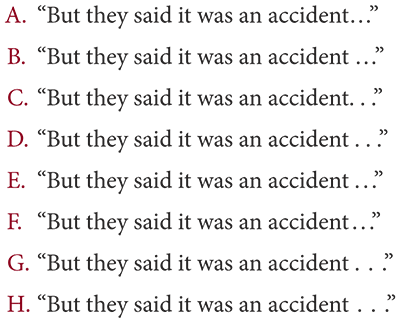
CreateSpace’s print guidelines are pretty simple.
Make sure there’s nothing within the .75-inch spine margin (if you use hanging punctuation you’ll need a larger margin because they WILL reject the book if there’s even a portion of an em dash there; the .75-inch margin is for books of 151-400 pages) and within .25 inch on the other three sides if you’re printing in B&W. “Nothing” means no background images, not just text.
For the cover, use a .125-inch bleed. For B&W books, calculate the spine width:
• White paper: multiply page count by 0.002252
• Cream paper: multiply page count by 0.0025
Allow .0625 inch of space on both sides of the spine text.
Using InDesign, export the text as PDF/X-1a; for color use PDF/X-3. Your InDesign file can use RGB.
If they supply the bar code, it will go on the lower right back cover, .25 inch in from spine and bottom.
CreateSpace provides a PDF with guidelines:
https://www.createspace.com/ServicesWorkflow/ResourceDownload.do?id=1583

